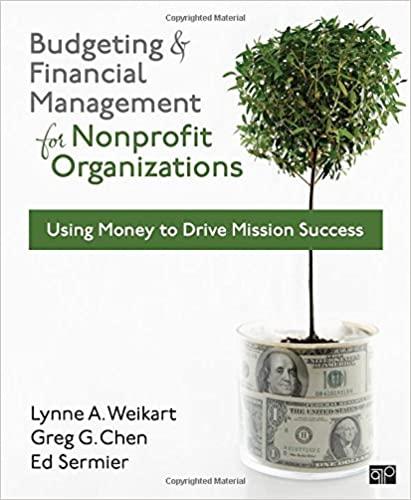Answered step by step
Verified Expert Solution
Question
1 Approved Answer
Problem &-29 Payback and Here are the expected cash flows for three projects Cash Flows (dollars) Year 2 Project A B C Year 0 -5.500
Problem &-29 Payback and Here are the expected cash flows for three projects Cash Flows (dollars) Year 2 Project A B C Year 0 -5.500 -1,500 -5,500 Year 1 +1,125 0 +1,125 +1,125 +1,500 +1,125 Year 3 +3,250 +2.250 +3,250 Year 4 0 +3,250 +5,250 a. What is the payback period on each of the projects? b. If you use the payback rule with a cutoff period of 2 years, which projects will you accept? c. If you use a cutoff period of 3 years, which projects will you accept? d-1. If the opportunity cost of capital is 11%, calculate the NPV for projects A, B, and C. Note: Negative amounts should be indicated by a minus sign. Do not round intermediate calculations. Round your answers to 2 decimal places. d-2. Which projects have positive NPVs? e. "Payback gives too much weight to cash flows that occur after the cutoff date "True or false? a. Payback penod b. If you use the payback rule with a cutoff period of 2 years, which projects will you accept? c. If you use a cutoff period of 3 years, which projects will you accept? d-1. If the opportunity cost of capital is 11%, calculate the NPV for projects A, B, and C. d-2. Which projects have positive NPVs? e. "Payback gives too much weight to cash flows that occur after the cutoff date." True or false? Project A Years Project B Years Project C Years


Step by Step Solution
There are 3 Steps involved in it
Step: 1

Get Instant Access to Expert-Tailored Solutions
See step-by-step solutions with expert insights and AI powered tools for academic success
Step: 2

Step: 3

Ace Your Homework with AI
Get the answers you need in no time with our AI-driven, step-by-step assistance
Get Started


